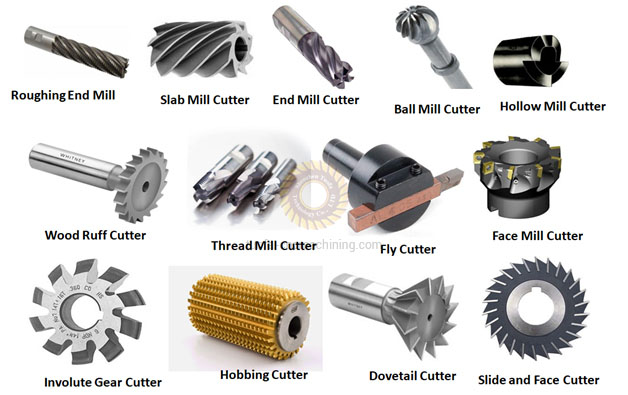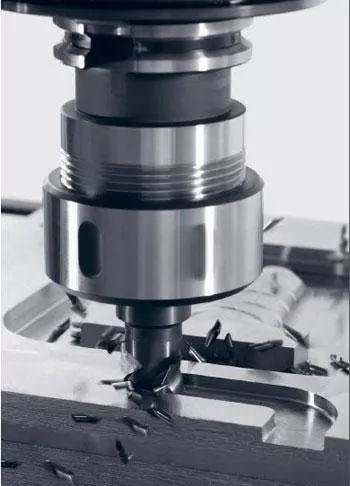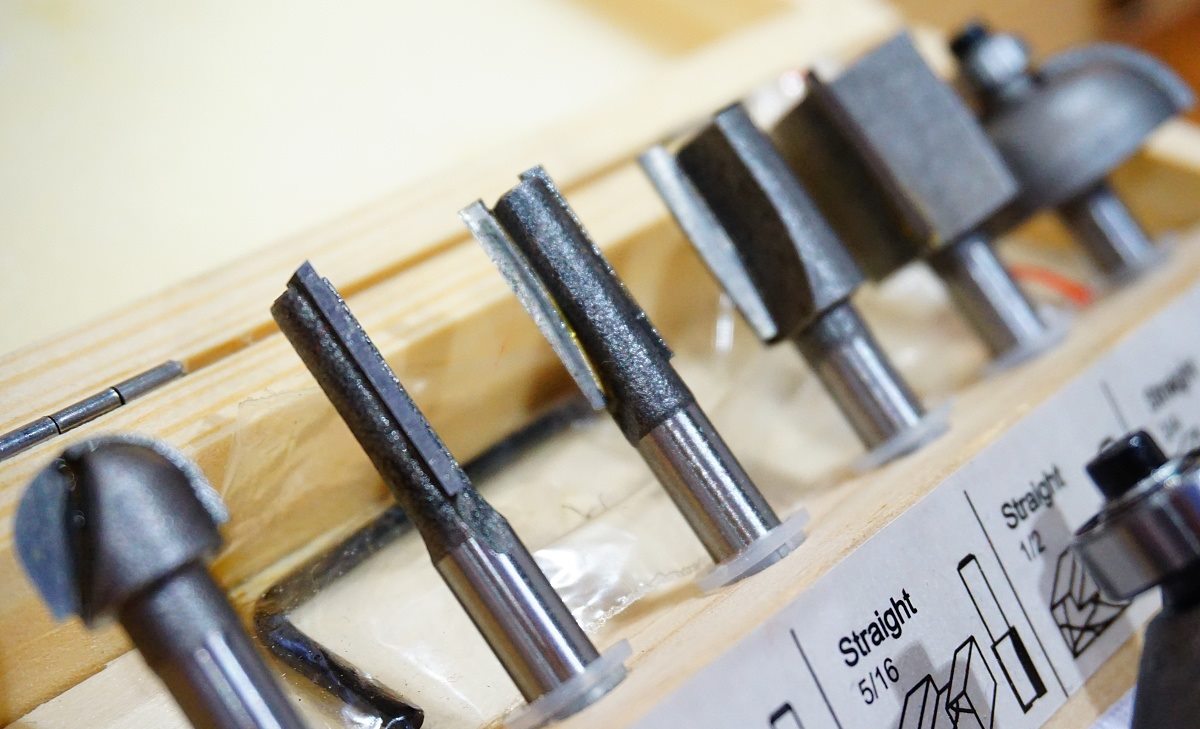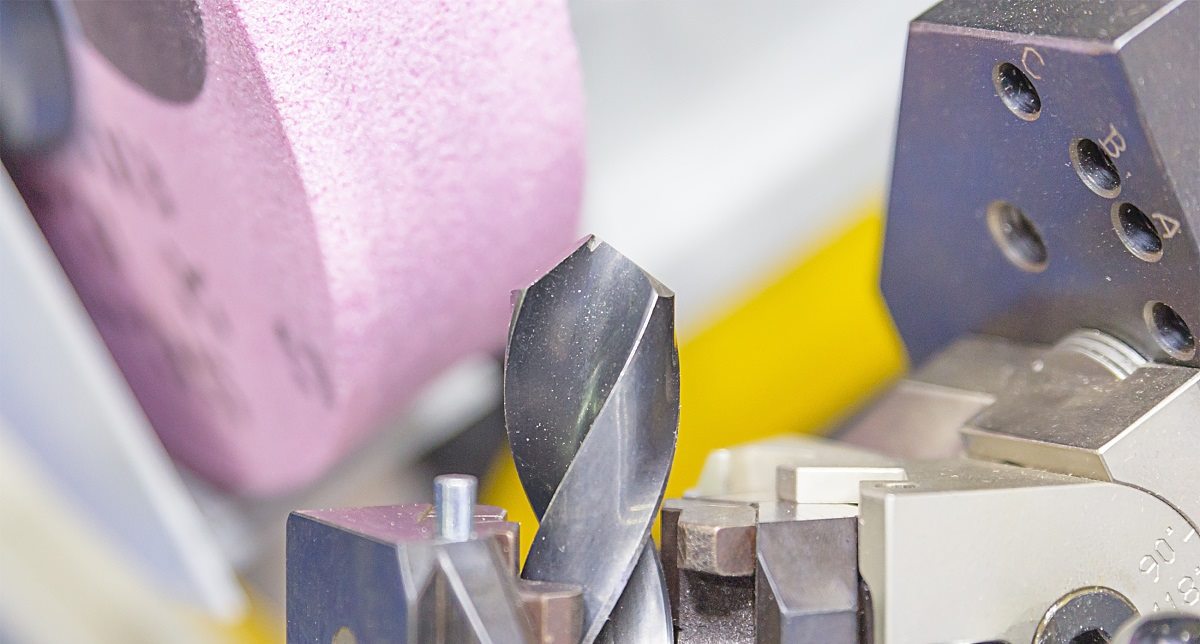How to Choose CNC Machining Tools and Feeds
 Oct 27,2022
Oct 27,2022

The selection of the tool and the determination of the cutting amount are important contents in the CNC machining process, which not only affect the machining efficiency of the CNC machine tool but also directly affect the machining quality. The development of CAD/CAM technology makes it possible to now use CAD design data in CNC machining, especially the connection between the microcomputer and the CNC machine tool so that the entire process of design, process planning, and programming can be completed on the computer. Generally, no output is required, and specialized craft files are.
Now, many CAD/CAM software packages provide automatic programming functions. This software generally prompts the related issues of process planning in the programming interface, such as tool selection, machining path planning, cutting amount setting, etc. The programmer only needs to set the relevant issues. The CNC program can automatically generate and transmit to the CNC machine tool to complete the processing. Therefore, the tool selection and cutting amount determination in CNC machining are completed in the state of human-computer interaction, which contrasts sharply with standard machine tool processing. At the same time, programmers must master the basic principles of tool selection and cutting amount determination.
Thoroughly consider the characteristics of CNC machining when programming. In this paper, the problems of tool selection and cutting amount determination that must be faced in CNC programming are discussed, some principles and suggestions are given, and the issues that should be paid attention to are discussed.

1. Types and characteristics of commonly used tools for CNC machining
CNC machining tools must adapt to the high speed, high efficiency, and high degree of automation of CNC machine tools and generally include general tools, universal connection tool holders, and a small number of unique tool holders. The tool holder is connected to the device and mounted on the power head of the machine tool, so it has been gradually standardized and serialized. There are many ways to classify CNC tools.

CNC tool structure
According to the tool structure, it can be divided into ①Integral type; ②Inlaid type, which adopts welding or machine-clamping connection, and the machine-clamping type can be divided into two types: non-indexable and indexable; particular types, such as compound tools, damping Type tools, etc.
CNC tools materials
The materials used in manufacturing cutting tools can be divided into ① high-speed steel cutting tools, ② carbide cutting tools; ③ diamond cutting tools; ④ cutting tools of other materials, such as cubic boron nitride cutting tools, ceramic cutting tools, etc.
From the cutting process, it can be divided into
① CNC Turning tools, including outer circles, internal holes, threads, cutting tools, etc.;
② Drilling tools, including drills, reamers, taps, etc.;
③ Boring tools;
④ CNC Milling tools, etc. To meet the requirements of CNC machine tools for durable, stable, easy-to-adjust, and replaceable devices, machine-clamped indexable tools have been widely used in recent years, reaching 30% to 40% of the total carbide CNC blades in quantity. Metal removal accounts for 80% to 90% of the total.
Machine tools characteristics
Compared with the tools used on standard machine tools, CNC tools have many different requirements, mainly including the following characteristics:
① Good rigidity (especially roughing tools), high precision, small vibration resistance, and thermal deformation;
② Good interchangeability, convenient for quick tool change;
③ Long service life, stable and reliable cutting performance;
④ The size of the tool is easy to adjust to reduce the time for tool change adjustment;
⑤ The device should be able to break or roll chips reliably to facilitate the removal of chips;
⑥ Serialization and standardization to enable programming and tool management.

2. The choice of CNC machining tools
The tool selection is carried out under the man-machine interaction state of NC programming. The tool and tool holder should be correctly selected according to the machine tool's processing capacity, the workpiece material's performance, the processing procedure, the cutting amount, and other related factors. The tool selection principles are easy installation and adjustment, good rigidity, high durability, and precision. To meet the processing requirements, try to choose a shorter tool holder to improve the rigidity of tool processing.
When selecting a tool, the device's size should be adapted to the surface size of the workpiece to be machined. For example, in production, end mills are often used to process the peripheral contours of plane parts; when milling planes, carbide insert milling cutters should be selected; when machining bosses and grooves, high-speed steel end mills should be set; machining blank surfaces or rough machining For holes, you can choose to insert hard.
Corn milling cutters with alloy inserts, ball end milling cutters, annular milling cutters, conical milling cutters, and disc milling cutters are often used to process some three-dimensional profiles and variable bevel profile shapes.
Machining free-form surfaces
When processing free-form surfaces, since the cutting speed of the end of the ball-nose tool is zero, the cutting line spacing is generally very dense to ensure machining accuracy, so the ball-nose is often used for finishing the surface. However, the flat-end tool is superior to the ball-end device in terms of surface processing quality and cutting efficiency. Therefore, as long as the premise of ensuring that it does not cut, whether it is roughing or finishing of the curved surface, the flat-end tool should be preferred. In addition, the durability and accuracy of the device have a great relationship with the instrument's price. It must be noted that in most cases. Although choosing a suitable tool increases the tool cost, the resulting improvement in processing quality and efficiency and the entire processing cost can be significantly reduced.
CNC machining center tool
At the machining center, various tools are installed in the tool magazine, and tool selection and change can be performed at any time according to the program regulations. Therefore, a standard tool holder must be used so that the common tools for drilling, boring, expanding, milling, and other processes can be quickly and accurately installed on the machine tool spindle or tool magazine. In addition, programmers should understand the structure size, adjustment method, and adjustment range of the tool holder used on the machine tool to determine the device's radial and axial dimensions during programming. Currently, my country's machining centers use the TSG tool system, which has two tool holders: a straight shank (three specifications) and a tapered shank (four specifications), including 16 tool holders for different purposes.
Reasonable arrangement of processes
In economical CNC machining, since the sharpening, measurement, and replacement of tools are primarily performed manually, it takes a long time to assist. Therefore, the arrangement order of the devices must be reasonably arranged. Generally, the following principles should be followed:
- Minimize the number of tools;
- After a tool is clamped, all processing parts it can perform should be completed;The rough and finishing tools should be used separately, even if they are the same size and specification;
- Drill after milling;
- Perform surface finishing first, and then perform two-dimensional contour finishing;
- When possible, the automatic tool change function of CNC machine tools should be used as much as possible to improve production efficiency, etc.
3. Determination of CNC machining cutting amount
The principle of proper selection of cutting amount is that in rough machining, the primary purpose is to improve productivity, but economy and processing costs should also be considered; in semi-finishing and finishing, cutting efficiency, cutting efficiency, and Economics and processing costs.
With the wide application of CNC machine tools in actual production, CNC programming has become one of the key issues in CNC machining. In the process of writing CNC programs, it is necessary to select tools and determine the cutting amount in real time under the state of human-computer interaction. Therefore, excellent mechanics must be familiar with the selection method of tools and the principle of determining the amount of cutting, so as to ensure the processing quality and processing efficiency of parts, give full play to the advantages of CNC machine tools, and improve economic benefits and the production level of enterprises.

Tuofa CNC machining of understand
Although CNC machining still belongs to the category of metal cutting, it has its characteristics, mainly realized as a high degree of automation, a long continuous machining process, and the time spent on tool set is more complex and time-consuming than traditional machining. Therefore, there are many issues worth thinking about in tool selection. Tuofa CNC Machining brings you relevant knowledge of standard CNC tools. Choosing the right tool is the first step to improving the efficiency of CNC machining.
Various tool materials currently used have their characteristics to meet different processing requirements. The necessary properties of general tool materials include low friction coefficient, high precision, good thermal conductivity, sufficient toughness, and impact resistance.
The standard tool materials for traditional CNC machine tools are high-speed steel and cemented carbide, while some special occasions such as high-speed cutting, dry cutting, cutting of difficult-to-machine materials, and grinding by turning to require the use of superhard materials, including ceramics, CBN, PCBN, diamond, etc. The price of these superhard materials is relatively high, and the cutting process and parameters are difficult to master. They have specific requirements on the rigidity of the machine tool and are not widely used in conventional machining.
Set according to tool size, machining material hardness, machine tool performance, mold machining accuracy, etc. The tool is significant, the material is complex, the precision is low, the speed is slow, and vice versa. It also depends on your own work experience.
 Tel/WeChat:
Tel/WeChat:  Email:
Email: 
 Home
Home
 Why is CNC Machining Technology a Good Fit in Manufacturing
Why is CNC Machining Technology a Good Fit in Manufacturing 







